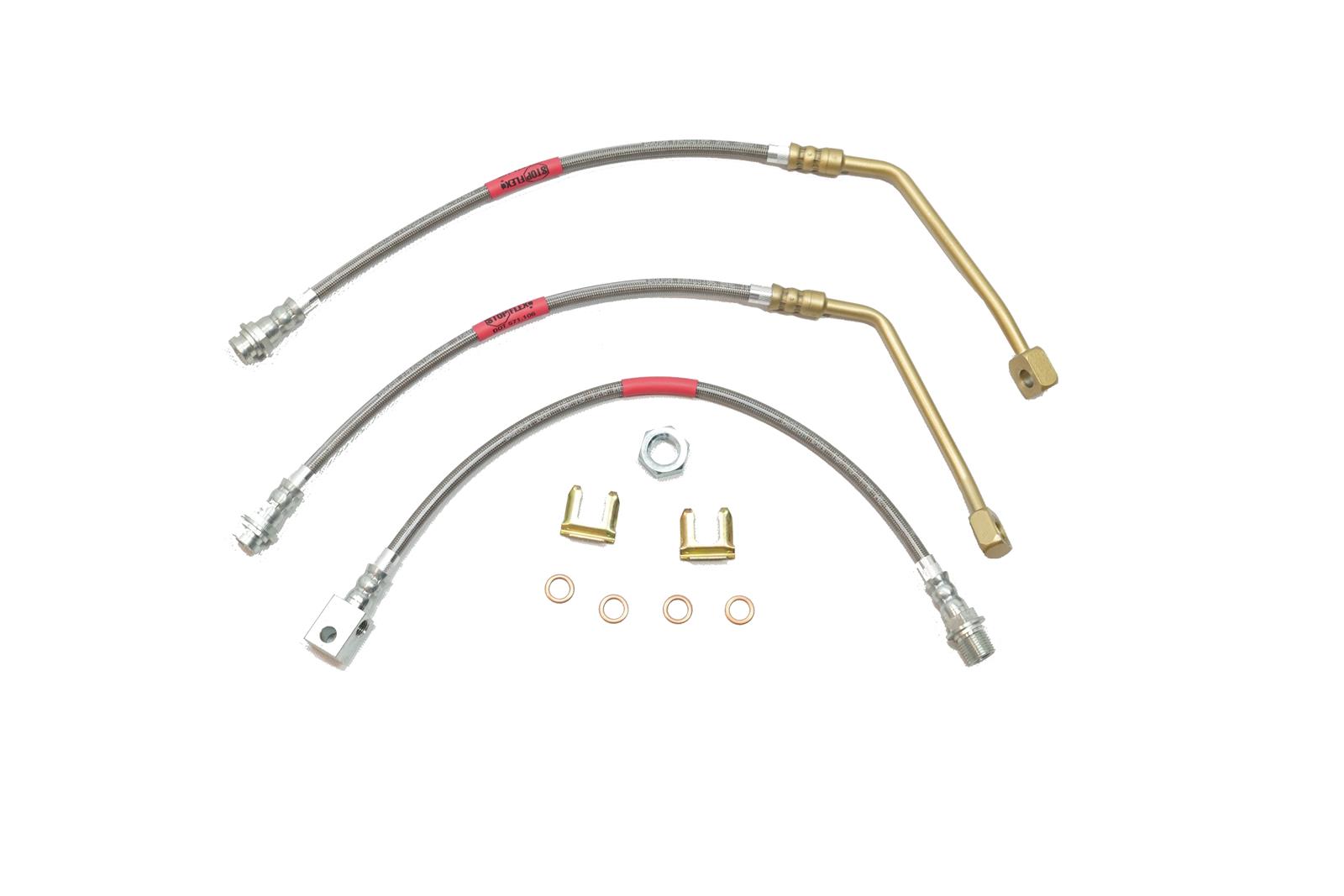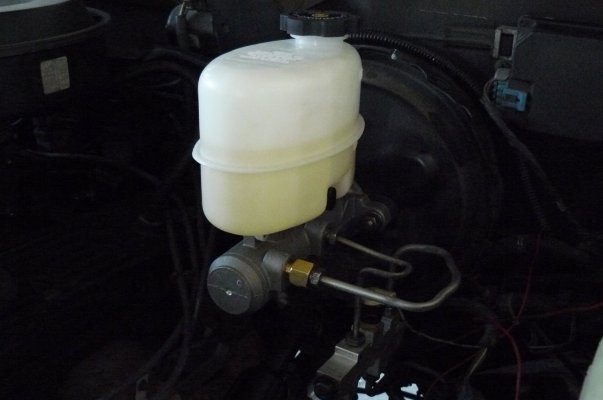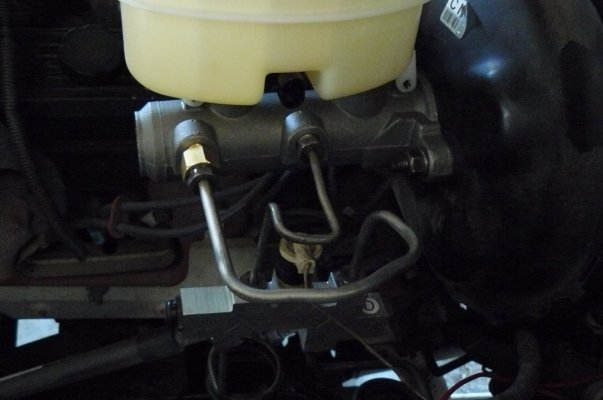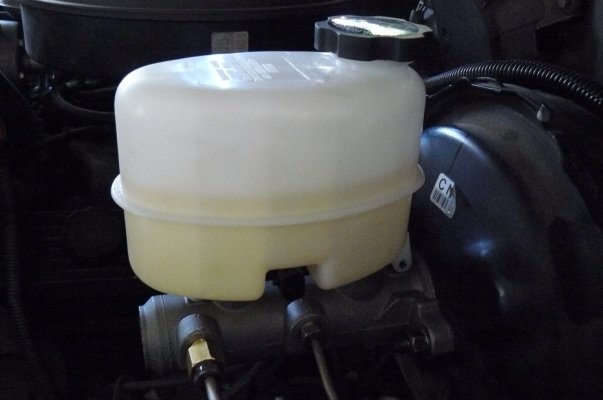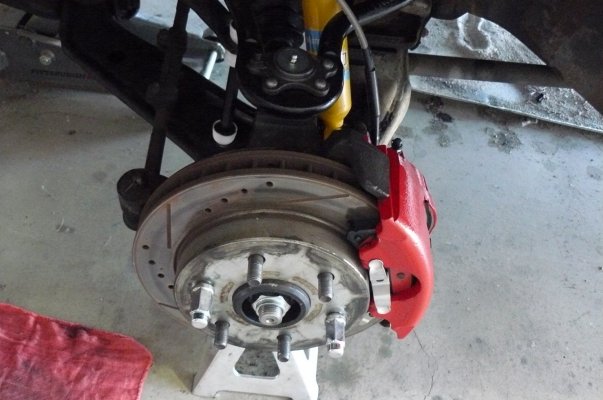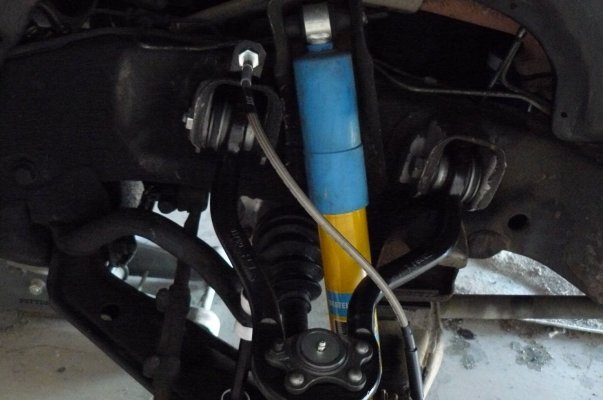They *can* be easy. If the threaded fitting on the end of the brake hardline won't spin and allow you to remove the hose, then try spinning the hose (and integral female fitting) while holding the male fitting stationary. Spin the old hose off; spin the new hose on. This approach has worked out well for me more times than not. Oddly, almost every time (but one) the banjo fitting on the (new, replacement) hose ended up in proper alignment for the caliper after I spun the new hose on. Serendipity. YMMV.
Once the old hose is off, heat the flare nut to break the rust-bond to the tubing. Lube with your choice of products. Once the tube nut is no longer seized to the tubing, I like to see if I can get a little anti-seize behind the tube nut so it can't rust to the tubing again. Sometimes, that works. Sometimes it doesn't, and the next time I try to remove it, the nut is seized again.
@Schurkey makes a good point that not all have the aftermarket SS hoses are created equal. Mine were from Russell, which I bought from Summit, and they do not have the hardline he mentioned.
My K1500 has Russell hoses. Had to "insulate" them with some extra rubber hose to keep 'em from rubbing on the upper control arms. There was some plastic protective sleeving on the hoses from Russell, but it wasn't long enough.
You must be registered for see images attach
You must be registered for see images attach
Later, I changed to the NBS and JB7 calipers, and the brakes were much more responsive, particularly in panic situations. As
@Schurkey hints, it's not completely evident that I didn't "fix" some other problem (e.g., the system needed a diligent bleeding?) along the way. Or did I "fix" some problem inherent to the quick-take-up system by removing it completely? Unfortunately, I don't know.
What is remarkable is that *so* many others seem to swear by the NBS upgrade, which adds credibility to the swap. Why it's better for them, or for me, I can't say... I certainly like to find and understand the root cause of any change in performance, but there are times when I
don't have the time to run every experiment, in thorough fashion, to determine how any particular change made a particular difference. In my case, was it really just the NBS / JB7 calipers? Was it the fact I bleed the system umpteen times along the path from my OE JB6 brakes to the NBS/JB7? I can't say. But whatever happened, it's happened to me and it seems to have a lot of other people too. Call it mass hysteria. Call it psychological, snake oil, or herd mentality.
My working hypothesis--which remains unproven--is that the Low Drag calipers don't get the fluid flushed often enough. This leads to the caliper pistons getting "sticky" from debris/rust/scuzz in the caliper.
Low-drag calipers from JB5 brakes installed on my K1500. (Note metal section of OEM brake hose.)
You must be registered for see images attach
Accumulated crust on square-cut seal, partially scraped away (on the right side) with a fingernail. The left side of the seal still has crust/deposits on it.
You must be registered for see images attach
The Quick-Take-Up master cylinder has a third, huge bore and piston at the rear of the cylinder, along with a blow-off valve in the plastic reservoir preset to release pressure/volume into the reservoir at a certain (fairly low) pressure. This is supposed to provide a "gush" of low-pressure fluid to move the pistons/pads up to the rotor, then the small-diameter, high pressure section takes over to actually force the pads into the rotor to stop the vehicle. The small-diameter pistons have excellent hydraulic advantage to build high pressure (but low-volume) for good brake power.
Note gigantic piston at the rear of the cylinder, and how the casting is stepped to allow the huge bore.
You must be registered for see images attach
At the point where the contaminated/sticky/stiff caliper piston(s) and seal(s) require more pressure to move than the blowoff valve can accommodate, ALL the fluid from the third, huge, low-pressure/high volume chamber of the master cylinder is released (wasted) into the reservoir instead of moving the caliper pistons up against the rotors.
Therefore, the pistons don't move until the
high-pressure part of the QTU master cylinder produces enough volume of fluid.
And this assumes that the calipers are properly "floating" on the mounting pins/sleeves. If they're not, only one pad is initially in contact with the rotor. The result is the common low, squishy pedal the GMT400s are known for.
Replacing the calipers (or merely cleaning out the rust and scuzz; and peeling the crust off of the square-cut seals and seal grooves
should restore proper function to the calipers--and allow the pistons to move using the low-pressure/high volume third chamber of the QTU master cylinder.
Why this didn't work for you, I can't say. Maybe the blowoff valve in the master had gotten weak from over-use; or it wasn't rebuilt properly. Maybe the new calipers were as stiff as the old ones.
Or maybe I'm just plain wrong about all this. (I don't think so...)
My point is that the two-chamber "NBS" master cylinder is a disaster with low-drag calipers that require the huge gush of low-pressure fluid from the third chamber of the QTU master cylinder, and unlikely to be an inherent improvement with conventional calipers--depending on the bore sizes of the "NBS" vs. OEM master cylinder.
